Four Things To Know About the Impacts of Dam Removal on the Klamath River
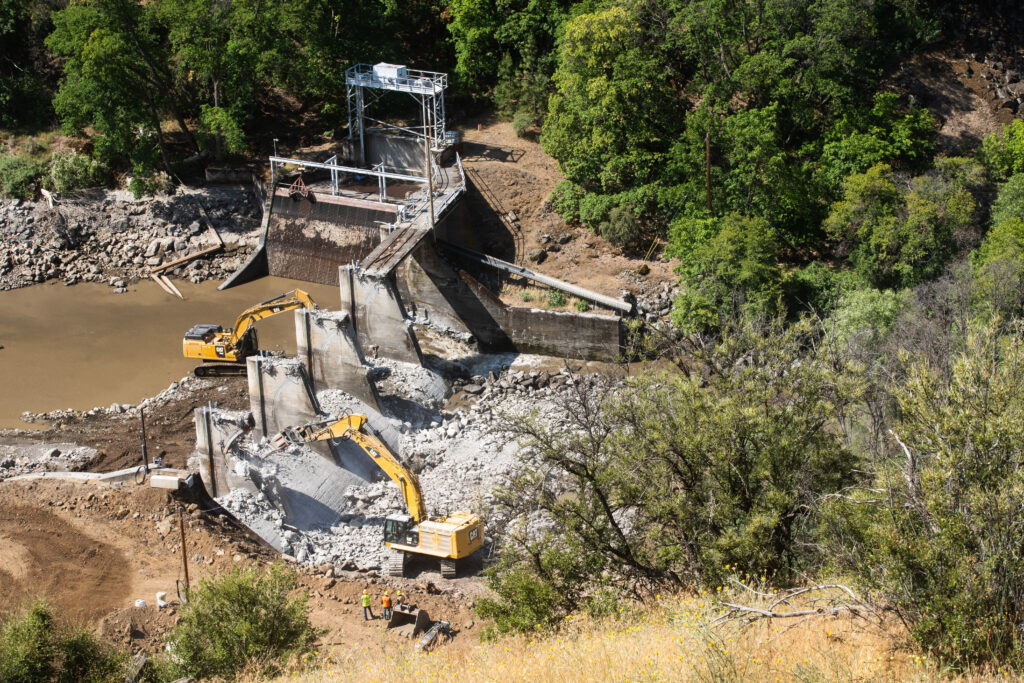
The world’s largest dam removal on the Klamath River continues to push forward, with one dam completely removed, and the remaining three in progress. During the removal process, sediment impounded in the dam’s reservoirs will keep moving downstream. What do these processes mean for fish and wildlife in the river and the communities who depend on the Klamath?
To make things easy, we put together four key things you need to know about the impacts of dam removal on the Klamath River.
1. Muddier in the short-term, healthier in the long-term
Since the drawdown behind three remaining Klamath dams began in January, the river has been looking muddy, and residents of the Klamath watershed are understandably concerned. Sediment is a natural part of river systems. Healthy rivers move sediment downstream and out to the ocean as part of their regular flows. Sediment has built up behind these dams since they were built, starting in the beginning of the 20th century. The Klamath dams impounded millions of tons of sediment over nearly 100 years. Before a single dam was breached, multiple scientific studies were conducted to predict how their stored sediment could affect the river. To minimize the harm to the river, including state and federally protected species, and harness the power of the river to mobilize the stored sediment, dam breaching, and the subsequent sediment release was scheduled for the winter months. Now that the three remaining dams have been breached, a century’s worth of sediment is flowing downstream and will temporarily affect the river’s water quality. The worst water quality conditions have likely passed as the initial slug of sediment has been flushed downstream. Water quality is seeing steady improvements; as the river begins to heal the removal of the dams will improve water quality, from nutrients to dissolved oxygen and stream temperature, and reduce the likelihood of toxic algae blooms, creating healthier habitat for salmon, other fish and wildlife, and people.
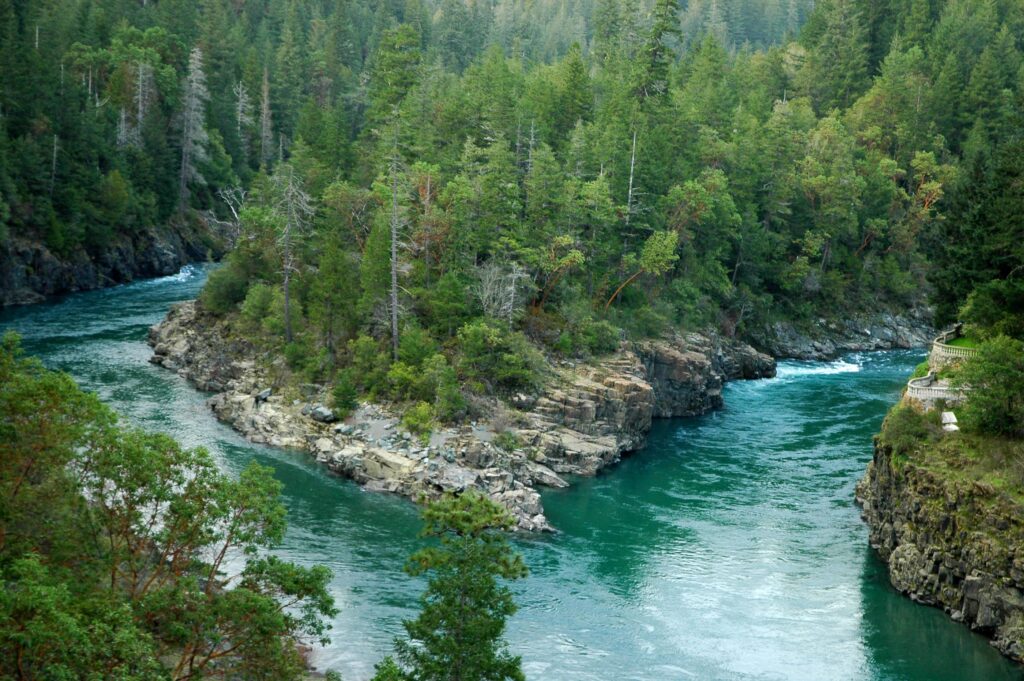
Let's stay in touch!
We’re hard at work in the California for rivers and clean water. Sign up to get the most important news affecting your water and rivers delivered right to your inbox.
2. Is the Klamath safe to drink and play in?
No one should ever drink untreated surface water. This is true on major waterways across the U.S., including the Klamath River. Since there are no drinking water sources that draw directly from the Klamath River, and groundwater wells will be unaffected by sediment from the dam removals, the dam removals are not impacting the availability of clean drinking water. While the turbid river may look unappealing, recreating in the Klamath is also possible. According to the California Water Quality Board, data collected by Siskiyou County and the Klamath River Renewal Corporation indicate it is “unlikely that recreational activities in the Klamath will lead to adverse health effects from dam removal related sediment in the water.”
3. Are fish dying because of the dam removals?
Yes: while reports and images of dead fish following dam breaches are unfortunate, this outcome was expected. Fish stranded in the drained reservoir were invasive non-natives, including bluegill, yellow perch, and small- and largemouth bass.
Reports of a fishkill of juvenile salmon are related to the California Department of Fish and Wildlife’s release of non-listed fall-run Chinook salmon. These fish were released from the new hatchery facility upstream of the Iron Gate Dam because the hatchery had already exceeded its quota for producing these fish for the year, and the hatchery conditions were becoming too crowded. Although the loss of these fish is unfortunate, it will not affect the hatchery’s ability to reach its production goals. Mortality was caused when juvenile fish swam through part of the Iron Gate Dam facility that resulted in a gas-bubble disease, similar to the “bends” that scuba divers can experience.
CDFW will release all hatchery fish below Iron Gate Dam until the facility is removed. This past week, CDFW successfully released about 90,000 coho salmon, a threatened species, as well as more than 400,000 fall-run Chinook salmon that were raised in the Fall Creek Fish Hatchery. The problem associated with the Iron Gate Dam tunnel is temporary, as is the dam itself; following the dam’s removal, future hatchery releases will not need to take this into consideration. The good news is that we’re seeing healthy fish in downstream monitoring programs from partner agencies, the U.S. Fish and Wildlife Service, and the Karuk Tribe.
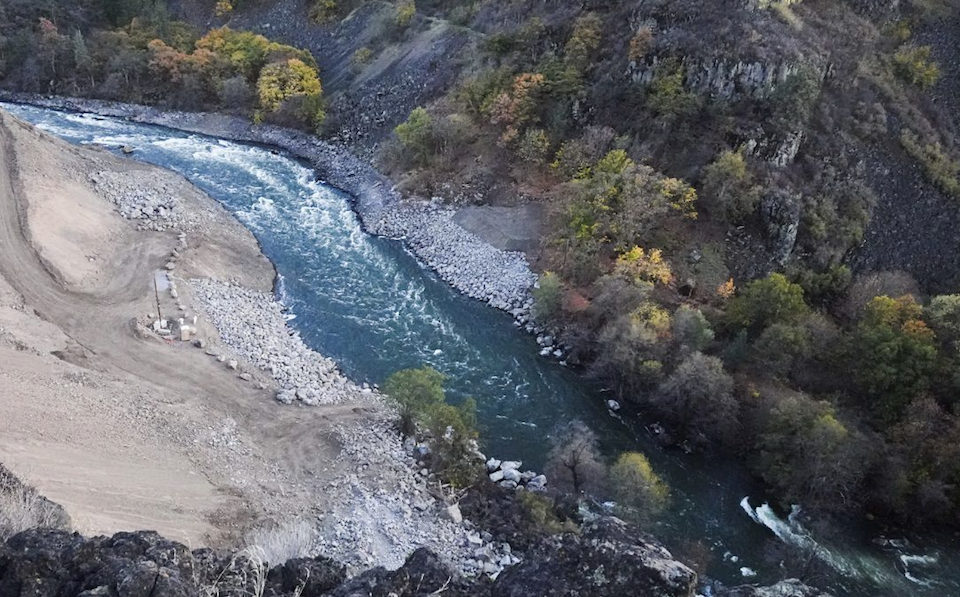
Completed in 1925, Copco No. 2 was a diversion dam that funneled the river's flows out of Ward's Canyon and into a tunnel system that sent the water to the Copco No. 2 powerhouse located downstream, essentially dewatering the 1.7-mile-long canyon. This removal allows flows to enter into historic Ward's Canyon for the first time in 98 years. Photos by Shane Anderson, Swiftwater Films
4. What is the timeline for recovery?
Other dam removal examples indicate that healing on the Klamath will take time… but not as much as you might think. When the Condit Dam on the White Salmon River was removed, 60% of the sediment was eroded through natural processes within 15 weeks, and native fish were found above the former dam locations within a year of the removal. When Bloede Dam was removed in 2018, 50% of the sediment eroded away within 6 months of removal, with native fish populations making a similar rebound. These case studies show us the immense ecological value of dam removal, in addition to providing some context around what’s happening on the Klamath River. However, since the scale of the Klamath River dam removal is unprecedented, it’s difficult to predict exactly when the negative short-term effects will subside. What is certain is that dam removal is the first vital step to restoring the Klamath River and will jump-start its path to recovery.
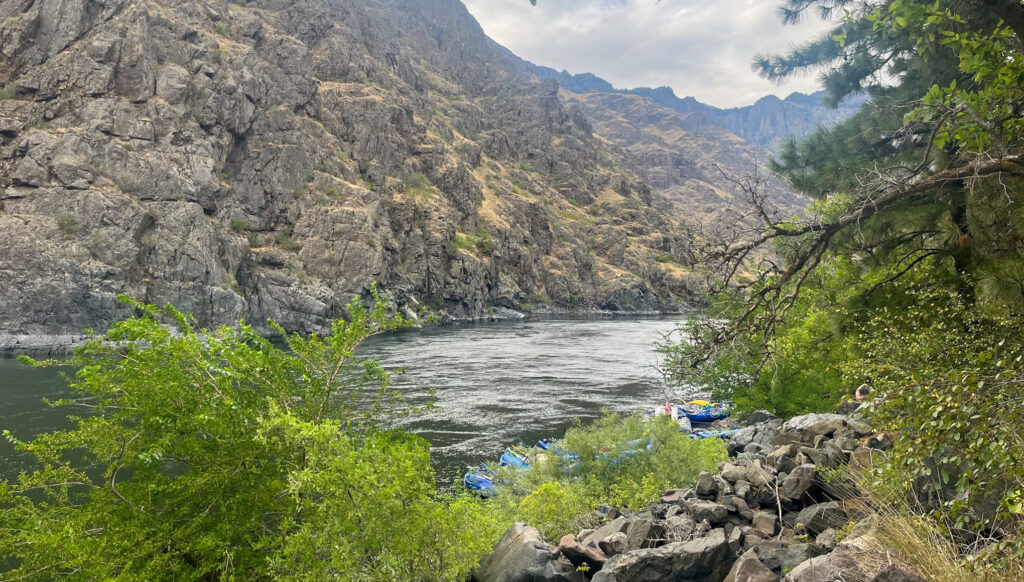
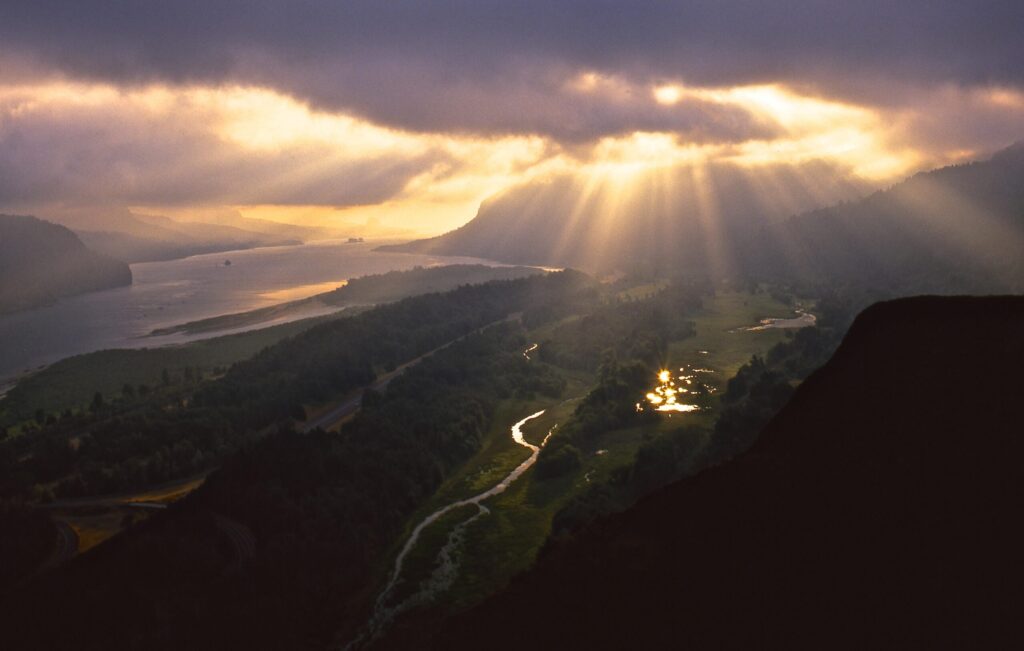
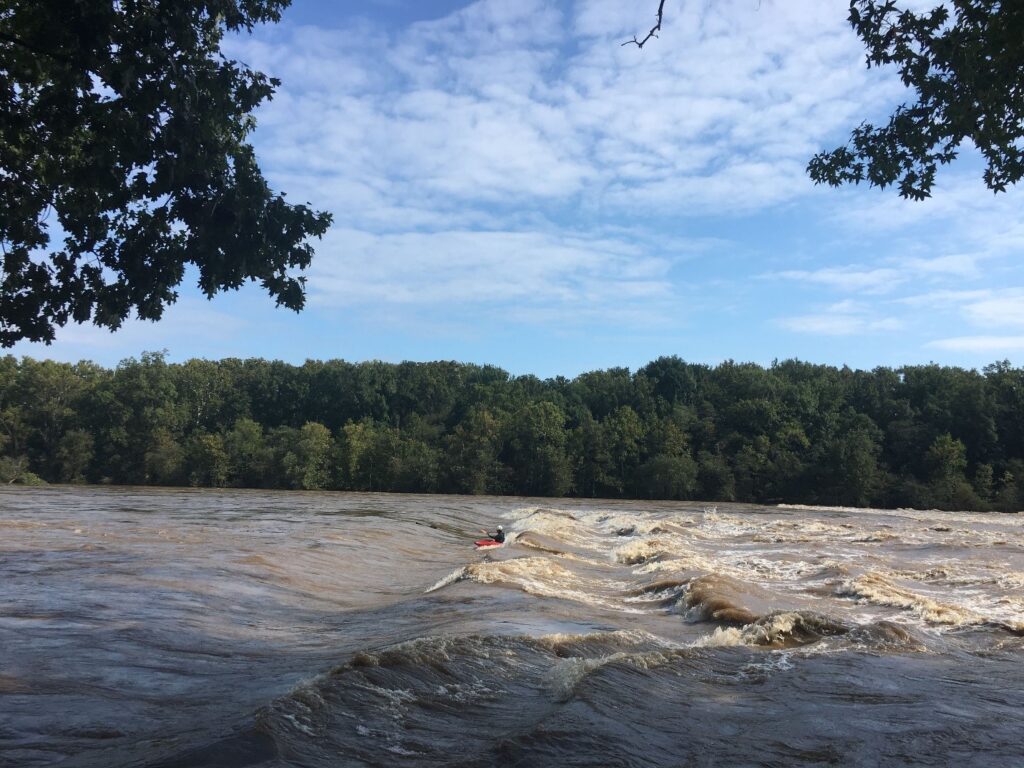


58 responses to “Four Things To Know About the Impacts of Dam Removal on the Klamath River”
As a witness of the Elwa Dam removal project here in WA we all could see the recovery happened much faster than original projections. Nature is just waiting for us to get the memo….
Billy Joslin, The Link River dam was built in 1921 to prevent floods, so long as the link river dam stays intact, flooding will not be an issue…
Yes, the river will recover beautifully, the fish already are. Living on the other end of that pacific fish spawn route, we are thrilled. One real high water winter and the sludgy, puddle mess of a river excuse will be
near pristine clean and healthier. The dams provided less than 3% of electricity on PDLs grid. Obviously maintaining a faltering 3% of your power supply made 0 cents when you can spend the money to remove the liability and drastically improve the whole river drainage. If you’re already able to understand the difference between a natural river and a damned river I recommend spending a little time along a natural one. Free flowing water through natural vegetation is a beautiful, necessary thing. *Knowing for the lady not that owns the barn overseas one of the best steel head in salmon holes on the Clearwater river. *Knowing for a cranky lady that owns the barn that overlooks one of the best steelhead and salmon holes on the Clearwater river. Free fish parking at Agatha..any season, anytime..♡
Ever notice that natural lakes are a wonderful treasure that should be protected, but impounded water behind a dam is satanical evil?
‘King of Fish’, The Thousand-Year Run of Salmon, David R Montgomery. Give it a read.
This piece sheds light on the multifaceted impacts of dam removal on the Klamath River. It’s crucial to weigh ecological benefits against potential challenges for informed decision-making.
All what was said for damn removal was pretty close to what happened to the fish when damns were put in.
1. demise of fish in the long-term.
2. New places to swim but not fish.
3. Most definitely fish were dying from damns being installed.
4. The same what is timeline for recovery.
Can you tell me why every river on the Olympic peninsula is experiencing low returns of fish. These rivers have no dams, no farming, very low population.
I think American rivers should stop beating this dam removal drum until it is “truly” understood what is causing low returns. Yes even on rivers without dams!
Maybe some group should do the correct thing and answer the question, no dams, no fish.
Or would that be too inconvenient?
Over fishing. Commercially and sport is the cause for low fish counts everywhere. There will continue to be decreases in fish populations until commercial and sport fishing are no longer. But that will never happen unfortunately. Removing dams is not just about fish. The Rivers health is not just about fish. That is only one part of the giant web of biodiversity that Rivers health is balanced with. Fresh, clean flowing water is very important to ALL living things.
There are many factors contributing to salmonid species declining. Sport fishing isn’t even in the top 50. And I would also add that dam removal isn’t by itself going to lead to salmon recovery on the Klamath River. The Rogue River has had its dams removed and that hasn’t translated to any increase in salmon populations.
Yes. I can tell you why All rivers with Anadromous fish are losing population: -Netting practices. Currently, commercial fishing with nets takes in Everything that swims, and kills many things they are not “after.”
This is a wasteful practice that affects All life in the oceans. But it is allowed, due to the amount of lobbying that is done.
The second half of this is of 2 parts:
Weighted nets, are the nucleus. They kill All flora and fauna of our more shallow waters, which usually means Coastlines.
This eliminates more than just Fish! It kills every living thing. The plankton and krill disappear, and so do all the smaller fish (baitfish) that are part of the entire food chain.
Fish such as Salmon/Steelhead, travel along and through coastal areas and become weakened by lack of food.
Larger predators now only have farmed & native salmonids in high numbers, so they eat into the population too.
I lived near the Dosewallips river, and fished all the way around to the Bogachiel, the Hoh, and others.
Lax seining & drag net laws are the culprit.
They are literally killing the whole ocean, in many places. Helicopter hunting of Pelagic species is another abomination: huge ships staffed with helicopters and smaller boats, first locate, and then encircle, an entire school of tuna, then net Them All.
Is this outlawed for our Salmon? I doubt it.
Thank you for your response. I had no idea the extent of ‘overfishing’!
So so grateful that this happened and more should be open for the fish and wildlife
With the Pacicic Ocean warming, wont the salmon relocate farther north toward cooler water, negating any revival on the Klamath migration?
Are there any plans to remove the rest if dams on the Klamath River?
Let’s be clear these dams should of never been built in the first place millions of salmon lost millions of tax payers money lost people should do survey s first in the winter the river will be flushed out and with the grace of God will see Salman swim back up Johnny sxnamie Santa Cruz ca
Have been fishing in Santa Cruz c for 30 years on the San Lorenzo river private property of a friend haven’t caught A steelhead in 10 years haven’t seen Them come up the
The river Ii 5 years
And I know guys that are a lot better fishermen than me and they have not caught S—t in over 5 years
It is sad
By the logic used in this article., all the great lakes should be drained by removing all the natural dams holding the water back. NOT ! THE EXCUSES USED TO REMOVE THESE DAMS ARE SLOPPY THINKING!
I grew up on the Great Lakes. They are not “held back by dams.” Do some research before posting and making yourself look like a fool. The Great Lakes are a natural phenomenon created by the Wisconsin Glaciation as the glaciers started to retreat about 20,000 years ago.
If you’re thinking of the St. Lawrence Seaway series of locks, well, first locks are not dams. Second, they were built in the late 1950’s during the Eisenhower administration. They do not hold back water but make it easier for ocean-going vessels to enter the Great Lakes and avoid the river’s rapids.
Thank you Kirk for one of the few educated responses in this series of diatribes.
my grandpa said the only time in his life he ever cried was the day the Tennessee Valley Authority dammed up the Detroit River and filled the giant basins between Michigan and Wisconsin to the west and Canada to the north and east. “i saw Ty Cobb assault a disabled person in that very spot,” he reminisced. “Now it’s under 35 feet of fresh water, because of woke.” RIP gramps
I’m curious about the impact on home owners that have built their homes in the flood plain. As a kid I remember some brutal floods on that river, over flowing Hwy 96 and also eroding the banks that resulted in the Hwy collapsing in a landslide. Now without being able to control the flow, I can only imagine the volume of water that could be flowing down the river.
Removal of the Dams how does it actually affect Kalamath Lake as I see the map the dams on the lake head are not in the plan are they
So the hyped fear that one of the dams would collapse has not happened.
And one is not surprised by the biased comments.
Case of sacrificing energy for power.
PP&L, the power company who owned the dams, no longer found it feasible to put in the $ needed to keep them running to produce power. So, they no longer used the dams for power production. No loss of power production since they were no longer going to be used to such anyway.
Removal of dams is good work with nature man kind has already shown we cannot control or improve nature.
If the damms where not built in the first. This damms removal would not have been needed
Huh?
No kidding?? How long did it take you to think of that!
You are obviously illiterate, can’t spell, and no one reads your input because you show your intellect in one sentence.
Is this possibly the reason pacific power wants to increase their rates? Now that the hydroelectric power from the dams is not available I, personally, think it is wrong for pacific power to take advantage of this.
They have added a “dam removal fee” to our power bills, (over and above the cost of the power which we use.) They’ll also still be increasing our rates as well.
we already paid for the cost of the dams all the years we paid for the power produced by them. Now that PP&L no longer found them financially feasible to continue using to produce power, I’m not sure why we, the consumer, are now having to pay for their removal in addition to rate increases. It is going to be so much better for the ecosystem and river in the long run. I don’t mind paying something to help with the removal, if it’s truly necessary and not padding the pockets of the power company owners. But I wish it wasn’t going to the power company as an added fee on us. I feel much better having it go to those who are helping to restore the health of the river now.
I’ve been trying to keep an eye on the money that is being put on our bills for dam removal. I’m probably wrong this, but I think those monies have been on our bills well over a 5-6 year span and possibly not even noticed until the dam removal started.
Same thing here Southern California Edison bills, we had a extra charge to pay for the decommissioning of the San Onofre Nuclear power plant.
Pac power, as well as all other major utilities in the western states are raising their rates to compensate for the lost revenue due to solar and other renewable energy Installations. Those companies are too big to EVER let their bottom lines erode.
Would American Rivers run a tour of the demolished dam sites with a focus on ecosystem impacts and recovery?
Not sure what AR has planned but the flume from Boyle dam down to the intake of the tunnel is being made into a walking trail as part of the restoration work. This trail would be a couple miles (?) long and should show old Boyle dam site, old flume, old mouth of tunnel. Will not be much to see though if resto. Work goes as it should. Work area is closed to the public for now, but Boyle Dam work is visible from a distance from the closed but drive to and walkable BLM campground off the Topsy road.
I doubt that cause how this river is
The Klamath River Renewal Corporation regularly lead guided tours of the dewatered zones, including conversations with the contractor monitoring the water quality and habitats. If you’re interested, I’d reach out to ren@klamathrenewal.org or call them at 530-670-0016
I realize any amount of toxic chemical(Arsnic, Mercury, Magnezium. .) others in sediment feeding fish can devestate the food chain which could create more havac. Much like the fish in the Great Lakes Region in the pass century. A dumping ground for corporate chemical waste.
Where are all the farms going to get their water. No food grown affects the population
The farms in our area are growing grapes for wine. We used to be the ‘Pear Capital of the World’. Now you are lucky to find a pear tree, but there are lots of grapes. Who grows food anymore?
The Klamath is not used for irrigation. The dams were solely built for power production.
Klamath river system water is used for irrigation, but that water is withdrawn from the system above the 4 dams being removed. There are 2 dams that will remain in place – both above the 4 being removed. Keno dam and the dam at the foot of Klamath Lake (start of Link River segment). Both of these have functional fish ladders in place already. So irrigation water availability should not be affected by the removal of the 4 power generation system dams.
True, the dams were built for agriculture (source of irrigation water/water conservation), flood control and source of power(hydroelectricity). The vision for dam construction was progress/improve economic condition. Taxpayers paid for their construction and maintenance. It is absurd, we are paying again for their unnecessary demolition. Water can flow freely by simply leaving the dam gates open.
Thank you for having common sense. We. Eed water storage, clean energy, fire protection, agriculture and munocipal use and year round water for wild animals
We all lose when we tear out dams.
What about the two remaining dams..will there be enough water to go around to keep the Klamath flowing..the toxic blooms are still thriving in Klamath lake..the Klamath Tribe has first water rights.. follow by the irrigation districts..doesn’t look good with the dams gone and no buffet zone to pick up the slack during drier years..time will tell..
Allowing the river to flow naturally is what the river needs to combat the toxic blooms which have been occurring because of the dams. The river was in very poor condition and getting worse every year because of the dams restricting the flow of water… which causes the toxic blooms.
Toxic blooms will still happen above the Keno dam as well as in Klamath lake.
There are indeed algae blooms in Klamath Lake – but not same species of algae as the toxic blooms lower in the system that killed fish. Klamath Lake has large trout in it all year long that are as big as adult Coho. They move around to spring fed and river fed areas to find cool water in summer. The cool water does not support the algae blooms – toxic or otherwise- that the warmer and/or shallower parts of the system/lake do.
You forgot to mention how many Kwh of dependable electricity have been removed from the grid and will have to be replaced by semi efficient and ugly wind turbines.
PP&L, the power company which owns the dams, no longer found it financially feasible to use them to produce power. They were no longer going to be using them for that purpose so there is no “loss of power” since they were no longer going to be used for that purpose.
Pacific Power and Light owned the dams and power gen. infrastructure, operating it under license from Federal gov. PP&L owned by Berkshire Hathaway. B-H owned by Warren Buffet. WB not in the business of losing $$$$. The companies determined it was not financially worth it to upgrade the dams as needed to get new license from feds so they – the companies- shut down production and are removing the dams. There are a TON of new solar commercial gen facilities/farms going in in Klamath County and surrounding areas. Loss of dam power will, at least to some degree, be offset by local and regional additional solar generation.
In time everyone will see the improvement in water quality and all will be better for the the removal of those dams.
Have you seen how many animals have died in the mud of copco and iron gate?
Love what I’m reading! Thank You for these updated reports